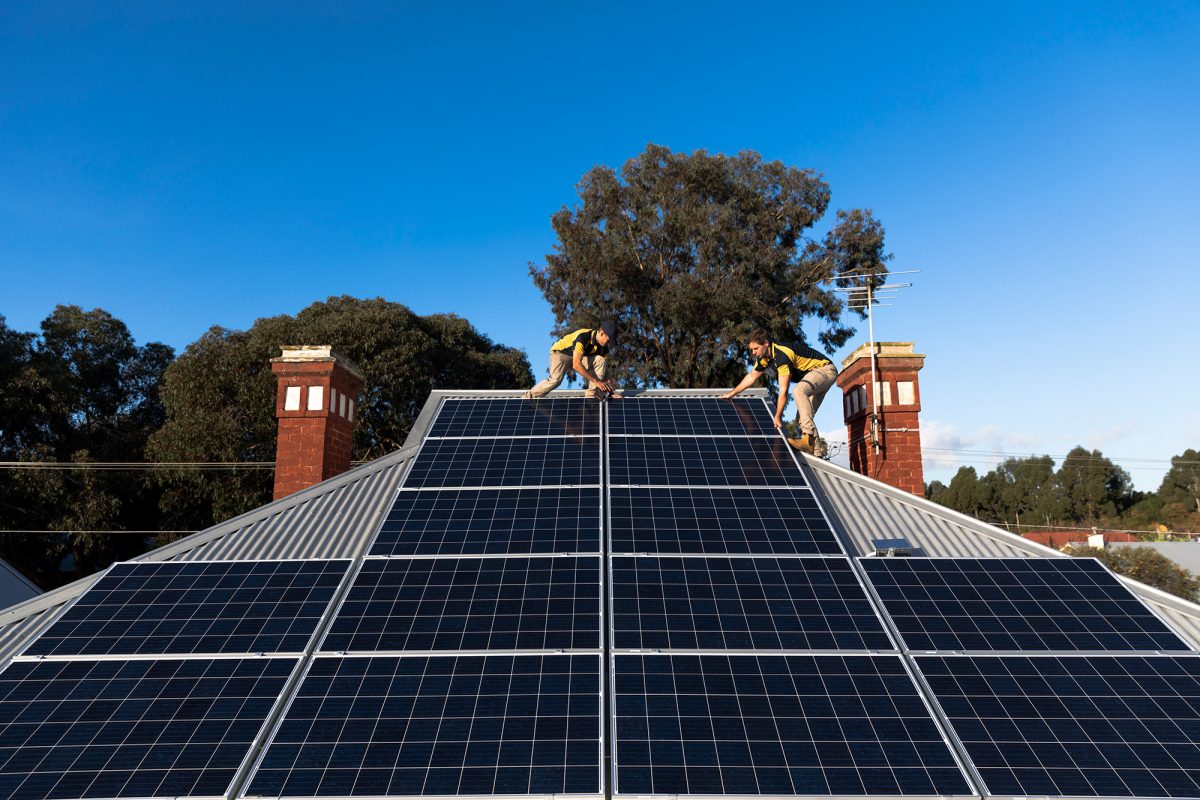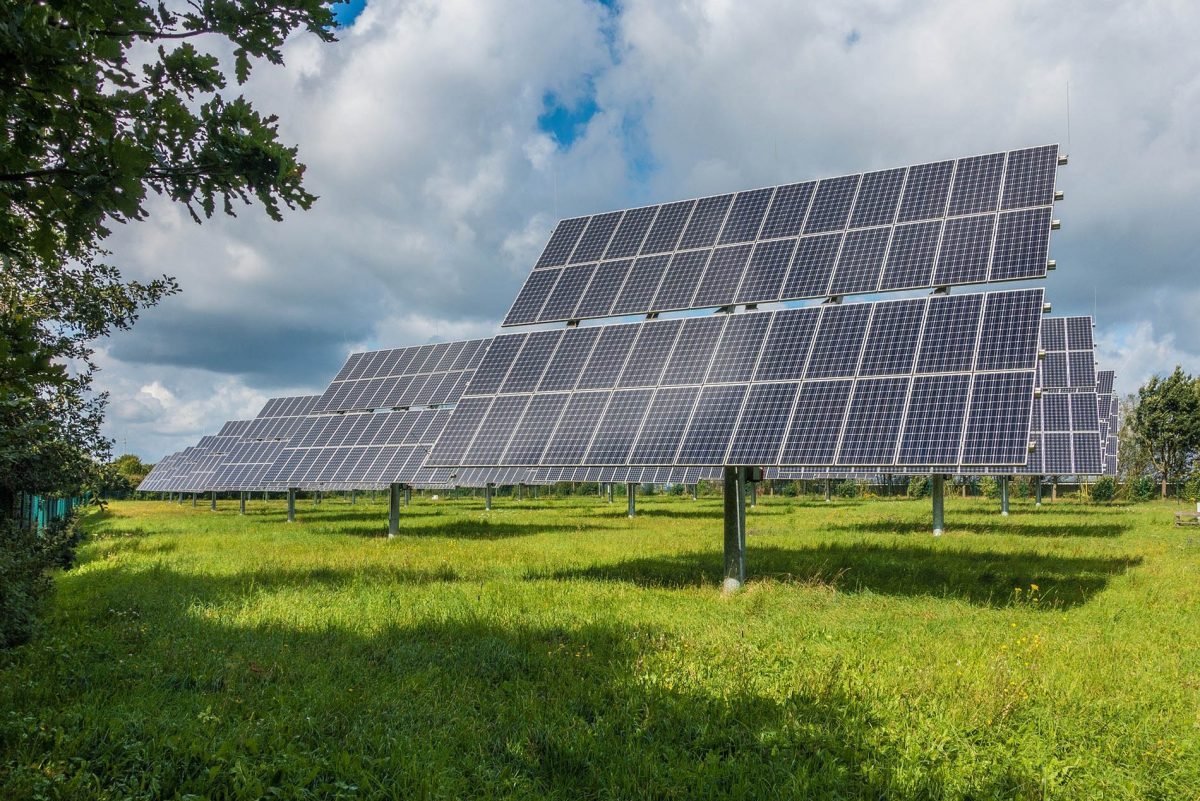Understanding Solar Energy
Solar energy is energy coming from the sun. It is created through nuclear fusion which the sun undergoes. Fusion happens when hydrogen atoms forcefully collide and fuse, producing helium.
Nuclear fusion releases immense amounts of power in particles and waveforms. As a result, energy is continuously produced by the sun. Note that solar energy keeps the Earth warm, causes the weather, and keeps plants and animals alive.
The light, heat, and energy the sun produces are in an electromagnetic form. Moreover, we cannot see the majority of these electromagnetic waves. High-frequency waves include ultraviolet rays, gamma rays, and X-rays. The Earth’s atmosphere absorbs the most dangerous waves, the UV rays.
Exploiting Solar Energy
Solar power is one of the renewable resources the Earth has, and several technologies can directly collect it and use it for homes and establishments. Some technologies for solar energy include PV(Photovoltaic) panels and cells, solar architecture, and concentrated power.
There are several ways to capture solar waves and convert them to usable power. The methods can be either passive or active solar energy. Active solar machinery uses mechanical or electrical devices to transform solar power into another energy form (e.g., electricity or heat).
On the other hand, passive technologies do not utilize external devices. They use local weather to hear establishments during winter and throwback heat in summer.

How Solar Energy Affects Everyone
There are several advantages and disadvantages to utilizing solar energy. Here are some of them:
- Solar energy is renewable, which means the Earth has had a limitless and constant supply of power from the sun for billions of years.
- It is clean energy. After a piece of solar equipment is set, solar power does not require fuel to function. Moreover, it does not produce toxic materials or greenhouse gases.
- There are specific locations where it is practical to use solar energy. Buildings and homes in places with lesser clouds and more sunlight can harness more of the sun’s energy.
- Using a solar cooker is a perfect alternative for cooking instead of stoves fired by wood. Moreover, it provides a safer and cleaner way to cook food and purify water.
- Solar energy supplements other sources, such as hydroelectric energy and wind.
- Homes or buildings that install solar panels produce more electricity, and the excess can be resold to the electric provider, lowering power bills.
Meanwhile, here are its current downsides:
- The primary obstacle to utilizing solar power is the equipment needed. Solar equipment is costly. Buying and setting the equipment will cost you a considerable amount of money.
- The equipment is heavy. To successfully install solar energy panels on a building or roof, they must be sturdy and facing the sun.
- Passive and active solar technology relies on factors, such as cloud cover and the weather. Therefore, solar energy can be ineffective in some areas.
- An area must have an abundant supply of sunlight to make solar energy work and become an efficient option. In several places globally, the variability of the supply of sunlight makes it challenging to make solar energy the only source.


